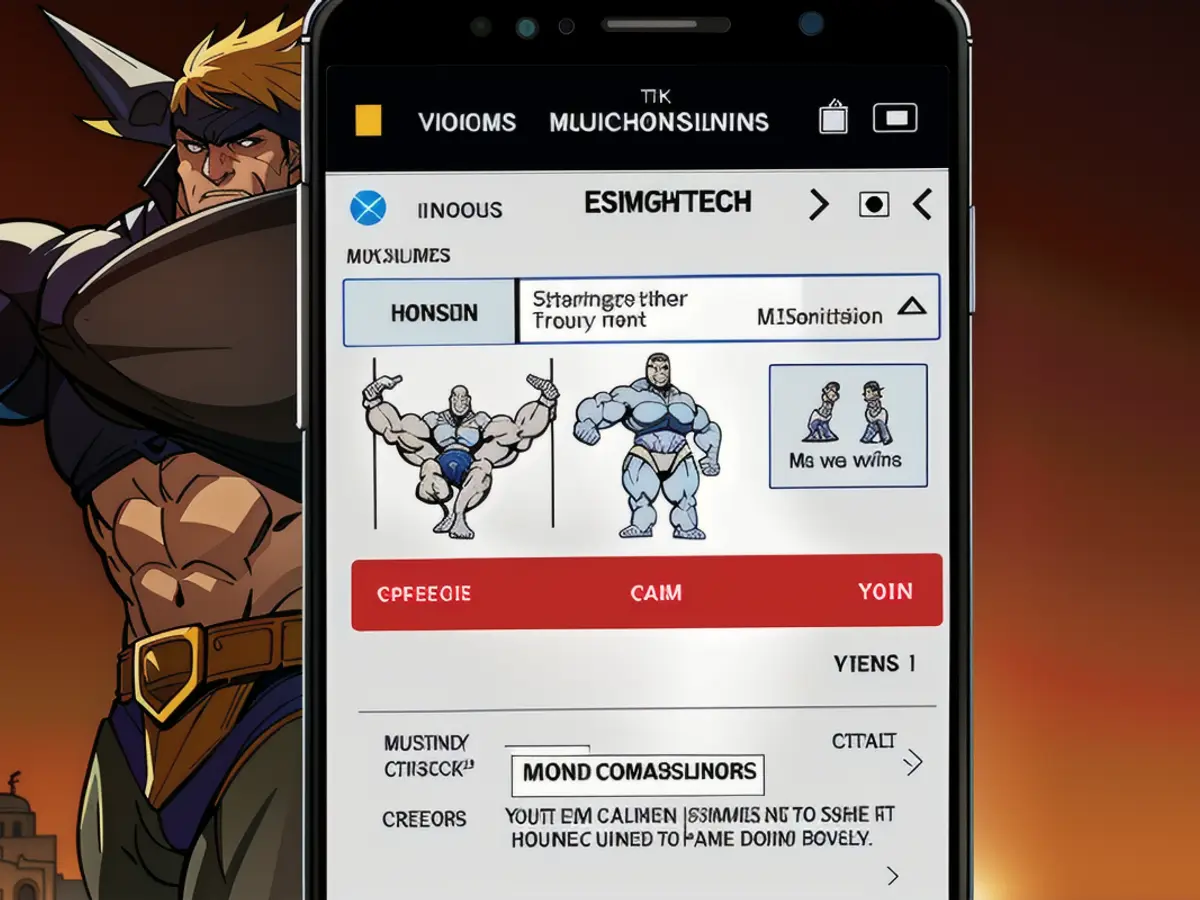Title: Redefining Education's Role in 2025
The economy's influence on voters' minds is undeniable, leading to a surge in educational programs that prioritize career preparation and skill development. By 2025, this trend is predicted to intensify further. Here are three area of focus:
The Expansion of Career-Connected Learning
Bipartisan consensus around career pathways for students is emerging, with steady growth expected in Career and Technical Education (CTE). Governors will advocate for these programs, and the administration will likely support their expansion. However, the most impactful changes will come from leaders who recognize that career-connected learning should be an integral part of every high school student's educational journey, regardless of their academic track. Middle school students will also receive increased attention for career exploration and pathway planning, ensuring they're better equipped when they transition to high school. Work-based learning experiences, including apprenticeships, will continue to evolve, with a focus on scale and accessibility for all students.
A Focus on Quality Short-Term Credentials and Workforce Training Opportunities
The demand for shorter-term, industry-recognized credentials is growing across all age groups. Young adults seeking a variety of pathways to good careers and adults looking to upskill are pushing for affordable, faster training options that deliver clear returns on investment. Employers, too, are eager to assess the skills students acquire. The new administration is expected to boost these programs, possibly through targeted funding or Pell grants that can support non-traditional programs. Quality assurance will be crucial to ensure that diversifying education delivers positive results.
Increased Emphasis on Delivering Tangible Value in Higher Education
With concerns about higher education's value and return on investment, there's a call for a shift in focus to measuring success beyond enrollment and completion. Some states and educational systems are stepping up, redefining success based on value and return on investment. In the future, lower enrollment and the demographic cliff may result in more mergers and closures, but colleges that prioritize workforce readiness and value will likely emerge stronger.
By embracing these trends and collaborating with stakeholders, the education sector can foster support for increased educational investments and better serve students and communities.
Enrichment insights:
- The appeal of flexible postsecondary experiences caters to the growing number of students who are older, working full-time, and supporting families.
- Short-term workforce training options, like apprenticeships, coding boot camps, and community-based apprenticeships, offer real-world, hands-on experiences.
- Quality micro-credentials, often delivered via online or blended formats, offer students a cost-effective, stackable approach to career development.
- Policies like doubling the maximum Pell Grant award or implementing first-dollar free college programs can improve affordability and completion for low-income students.
- Collaborative efforts between schools, edtech companies, and businesses can enhance learning experiences by bridging theory with practice.
[1] Learner-Centered Postsecondary Experience[2] Career Exploration and Readiness[3] Quality Short-Term Credentials[4] Delivering Value in Higher Education[5] Collaboration and Integration
- To better prepare students for the workforce, there's a growing emphasis on work-based learning, such as apprenticeships, which provide valuable, real-world experiences.
- As higher education faces scrutiny over its value and return on investment, there's a shift towards prioritizing career readiness, resulting in increased demand for credentials that multiple industries recognize.
- A bipartisan consensus on career pathways for students is leading to an expansion of Career and Technical Education (CTE), with governors advocating for its growth and support from the administration.
- Quality workforce training opportunities, like apprenticeships and coding boot camps, are becoming more popular as young adults seek various paths to good jobs and adults look to upskill, pushing for affordable, faster training options.
- By focusing on tangible outcomes in education, such as workforce readiness and value, higher education institutions can weather demographic changes and emerge stronger, ensuring they are aligned with the needs of the workforce and equipping students with relevant skills for jobs.






